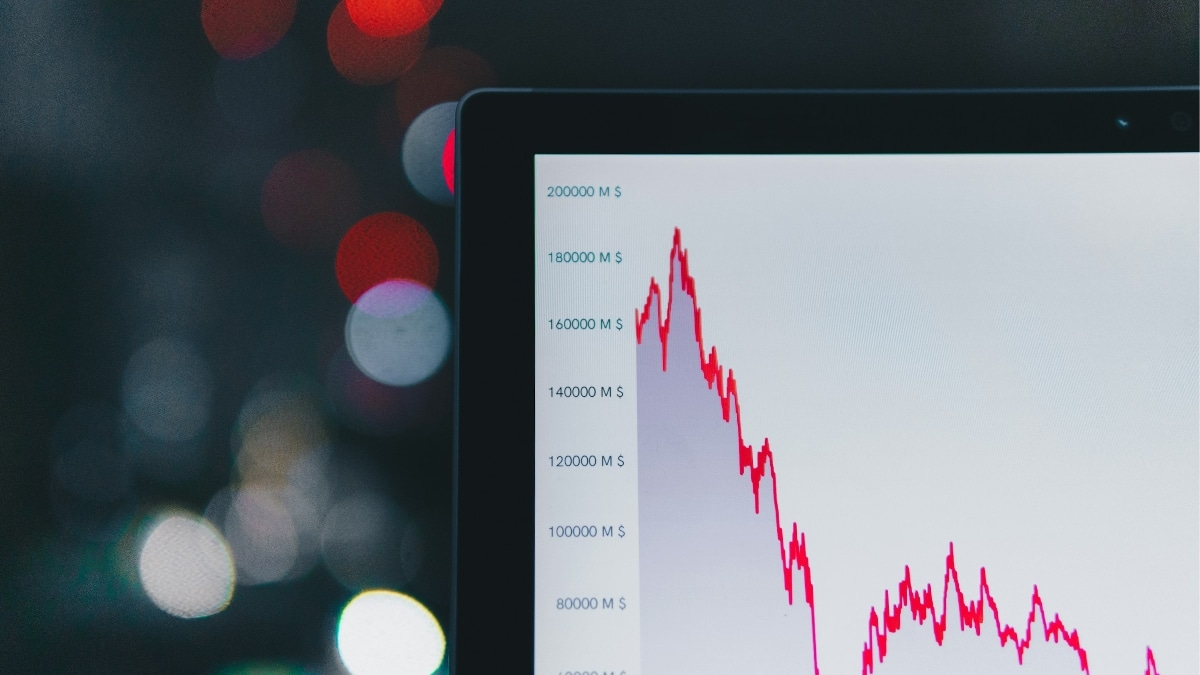Key takeaways
- AI enables proactive risk management: Artificial intelligence shifts financial risk management from a reactive approach to a predictive and strategic one – enhancing the ability to anticipate credit defaults, market volatility, and fraud before they escalate.
- Real-time insights drive resilience: By analyzing massive datasets and simulating scenarios in real-time, AI empowers financial institutions to adapt portfolios, optimize credit decisions, and counter emerging threats with speed and precision.
- AI integration is a competitive differentiator: Institutions that invest in AI-based risk models today will strengthen resilience, reduce losses, and gain a decisive edge in navigating uncertainty, setting the foundation for long-term leadership in the financial sector.
The financial sector is caught between growing risk and increasing uncertainty. The ability to quickly identify risks and make informed decisions is crucial to a organization’s success.
Artificial intelligence offers a clear advantage here, as it enables the precise analysis of large amounts of data in real-time, improves decision-making, and enhances resilience to market volatility.
Financial institutions must acknowledge that traditional risk management approaches are increasingly unable to keep pace with the unpredictable market dynamics. AI offers a critical solution that is not only faster but also more precise.
How AI is transforming risk management
1. Credit risk: A paradigm shift
Traditional credit risk management relies on historically recorded data and standardized rating systems. However, these methods often fail to account for unforeseen market changes or emerging trends that can dramatically impact a company’s or an individual’s creditworthiness.
Using machine learning, AI can predict credit risks based on a variety of data sources, including financial reports, socioeconomic indicators, and behavioral data. It provides a dynamic and proactive method for identifying potential risks before they become a real threat.
By analyzing non-traditional data, such as e-commerce transactions, mobile behavior, utility bill payments, and social media activity, AI-powered credit risk analysis provides a more accurate assessment of default risk.
For example, Ant Financial (Alipay) in China utilizes AI to combine transaction records, online shopping behavior, and payment history to create its “Sesame Credit” score, thereby keeping its default rates in check.
AI can also predict which overdue accounts have the highest likelihood of paying when contacted early and streamlines the order and type of follow-ups (call, email, or legal action). Banco Santander uses this method to segment late-payers and personalise repayment plans based on predicted willingness and ability to pay.
2. Market risk: Real-time monitoring for rapid adjustments
In a dynamic market environment – especially in times of geopolitical uncertainty or sudden economic crises – sudden market fluctuations can put financial institutions under pressure in a very short time. This is where AI comes into play: It can monitor and analyze market movements in real time, enabling rapid decisions to minimize risk.
AI-supported systems, such as predictive analytics, can predict future market developments and even simulate alternative scenarios. It enables financial institutions to adjust their portfolios early and actively manage risks.
An AI system leveraging big data can generate thousands of hypothetical scenarios by varying multiple variables simultaneously (interest rates, commodity prices, and FX rates). For instance, Goldman Sachs utilizes AI-enabled Monte Carlo simulations to estimate portfolio risk under extreme yet plausible scenarios. This helps in improved risk assessments and preparedness for “black swan” events.
3. Fraud prevention: Early detection through AI
Fraud prevention is an area where AI can be used particularly effectively. Financial institutions are increasingly targeting cyberattacks and financial fraud that are difficult to detect using traditional methods.
AI can detect anomalies in transaction patterns that are invisible to the human eye and immediately raise the alarm. Deep learning enables the detection of fraud attempts in real-time, allowing for immediate intervention and response.
By combining identity verification with AI-driven document scanning, facial recognition, and liveness detection, financial service providers can detect subtle inconsistencies that human examiners may miss, such as metadata mismatches and micro-expression patterns. For example, Revolut utilises AI-driven KYC and AML technology to detect synthetic identities and reduce onboarding fraud by 75% in 2024.
The overlap between fraud and cybersecurity is another area of concern for financial services providers, as attackers increasingly merge traditional fraud techniques, such as synthetic transactions, with cyberattack techniques like credential compromise or the use of malware.
By combining fraud systems with cyber systems, AI can detect when unusual account activity coincides with suspicious login activity. PayPal is using AI to link bot-created login attempts with irregular payment requests – blocking fraudulent transfers before the funds are even extracted from the account.
The Future of Risk Management
The coming years will bring the decisive test for the use of AI in risk management. The technology will not only continue to develop but will also be increasingly used in other areas of risk management. In particular, the integration of various AI-driven risk models offers the potential to create a fully agile and responsive financial infrastructure.
To increase resilience and meet future challenges, financial institutions must further develop and integrate AI-based solutions into their risk management strategies. The key lies not only in the technology itself, but also in the ability to integrate these systems into the overall corporate structure.
AI is fundamentally reshaping the future of risk management by shifting the discipline from a reactive and compliance-focused approach to one that is proactive, predictive, and strategic.
“Artificial intelligence is no longer a supporting tool in financial risk management – it is becoming the central nervous system that enables institutions to anticipate, adapt, and act in real time. Those who embrace AI early will not only mitigate risks more effectively but also shape the future of resilient and trustworthy financial systems.”
Prof. Dr. Nafis Alam
By building a risk data lake with governance controls and aggregating credit, market, operational, and cyber risk data into a regulated data repository, financial services providers can develop a robust risk management system to counter ever-evolving financial risks.
The future of risk management will depend on investments in technology, particularly in AI capabilities, and harnessing the speed and accuracy of data insights.
Harnessing the potential of AI in risk management
Artificial intelligence represents a fundamental shift in risk management. Not only does it enable more precise and faster risk analyses, but it also transforms the way financial institutions make strategic decisions. Organizations that begin implementing AI and integrating it into their risk management processes today will be considered industry leaders in the future.
Conclusion
Now is the right time to use AI in risk management. Those who miss the transition could miss the technology’s opportunities. Act now – and set the course for success in uncertain times.
The financial industry needs to come together to develop an ecosystem where financial institutions are empowered by artificial intelligence to predict, prevent, and mitigate risks in real-time, making a secure, transparent, and customer-centric financial world possible.
AI has the potential to revolutionize business from reactive management to predictive prevention, identifying credit weakening, market fluctuations, fraud attempts, or cyberattacks before they become issues in the financial market.
Disclaimer: The information provided in this article is solely the author’s opinion and not investment advice—it is provided for educational purposes only. By using this, you agree that the information does not constitute any investment or financial instructions. Do conduct your own research and reach out to financial advisors before making any investment decisions.

